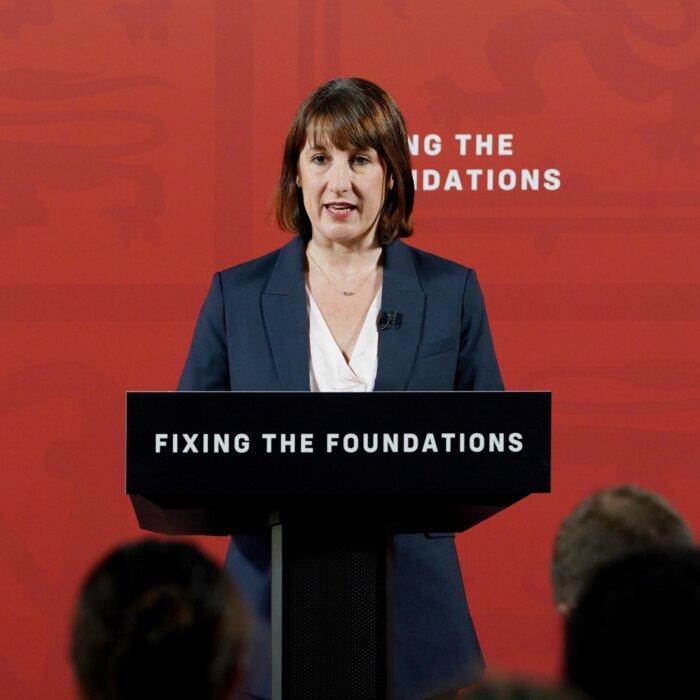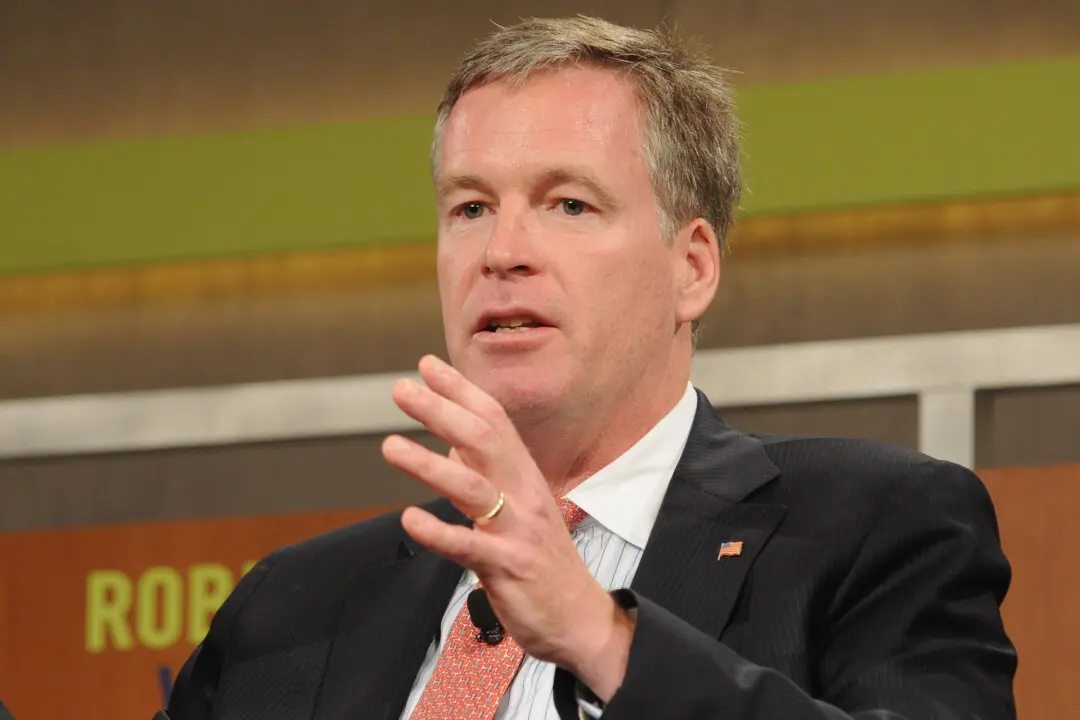Over 3 million workers will receive a pay boost after new National Living Wage rates go up from £11.44 to £12.21 an hour from April 2025.
This is a 6.7 percent increase, worth £1,400 a year for an eligible full-time worker.
Chancellor Rachel Reeves called the increase a “significant step” towards delivering its pledge of a “genuine living wage.”
The rate for 18-20 year-old workers will increase by 16.3 percent, from £8.60 to £10.00 an hour—the largest increase in the rate on record. Under new rates, apprentices will get the biggest pay bump, from £6.40 to £7.55 an hour. Their annual wage will go up to £14,762 from £12,513 at the moment.
Deputy Prime Minister Angela Rayner said the pay boost will help millions of lower earners to cover the essential living costs.
Low Pay Commission
The new rates secure a real-terms pay increase for the lowest-paid workers, said Baroness Philippa Stroud, chair of the Low Pay Commission (LPC), an independent advising body to the government.The LPC submitted its recommendations on the minimum wage rates to the government last week. The recommendations are based on consultations with employers, workers, and expert bodies.
On Tuesday, ministers accepted the recommended rates, which represent a real-terms increase across the whole of the period to March 2026, using any major inflation measure.
“Young workers will see substantial increases in their pay floor, making up some of the ground lost against the adult rate over time,” Stroud said.
While some employers find it harder to adapt to minimum wage increases, the expectation is for the economy to grow next year. However, productivity growth remains subdues, Stroud added.
Benefits and Caution
Economists acknowledged the benefits of the minimum wage increase for low-income earners but noted that it is lower than in previous years.In a statement ahead of the Budget, he noted that this smaller rise in minimum wage was “sensible,” in the context of an expected rise in employer national insurance contributions (NIC), but urged the government to take a “more ambitious approach” in future years.
Delivering the Budget to Parliament on Wednesday, Reeves confirmed increases in employer NIC from April 2025. The rate will now rise by 1.2 percent, from 13.8 to 15 percent.
“The LPC must continue to monitor the employment effects of a higher minimum wage, including whether firms are switching to self-employed labour to minimise their tax bills and employment rights obligations,” Cominetti said.
Increases to the minimum wage will help workers keep up with the cost-of-living crisis, particularly as prices remain high, said Katherine Chapman, director of the Living Wage Foundation.
However, she noted that the National Living Wage is different from the UK Living Wage, which is a voluntary standard and the only rate based on the cost of living.
The living wage, which the LPC doesn’t advise on, is currently £12.60 an hour in the UK and £13.85 in London.
More than 15,000 employers are already going beyond the legal minimum to pay staff like cleaners a real living wage, Chapman said. This includes over half the FTSE 100, as well as thousands of smaller employers who see paying the real living wage as an investment, she added.







